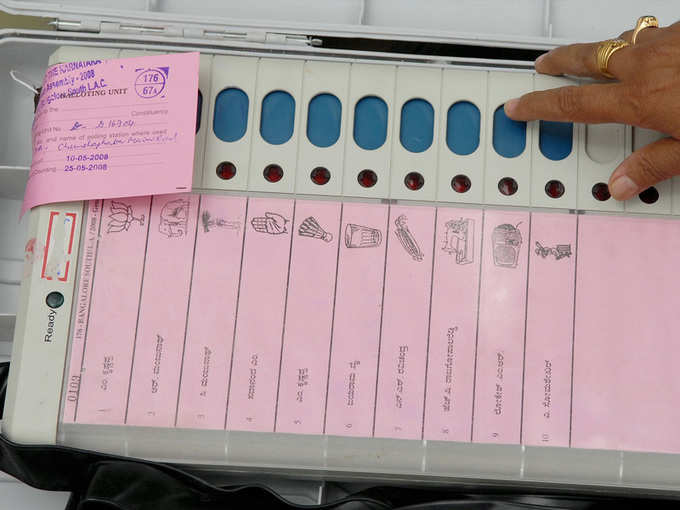 An all-time high turnout for
An all-time high turnout for Here’s how the numbers work out: The seven phases of polling so far have covered 438 seats and witnessed an overall turnout of 66.2% or 44.3 crore voters. The turnout in these same seats in 2009 was 57.6%, which means there has been a jump of about 8.6 percentage points.
To match the 1984 record, around 52.2 crore of the roughly 81.5 crore registered voters must vote in the 16th Lok Sabha elections. That means another approximately 7.9 crore voters must turn up at polling booths in the remaining two phases if the mark is to be reached. With about 14.6 crore being the total electorate for these two phases, that means a turnout of 54% will do the trick.
A turnout of 54% may not seem like a certainty, but consider the fact that the figure for the remaining 105 seats in 2009 was 60.7%. Going by the trend so far, that is only likely to be higher this time. But even if it isn’t, it is difficult to see it actually dropping much below the 2009 level.
An interesting feature of the turnout this time is the fact that not a single state or union territory that has finished voting has recorded a turnout of under 60%. Contrast that to 2009, when five states had turnouts of below even 50%.
Of the states that haven’t yet finished polling, only
In J&K, Jammu and Udhampur have seen the figures rise sharply, but
There is, of course, a problem in comparing voter turnouts across Lok Sabha elections. Electoral rolls in the early years contained a lot more non-existent voters – who had died or shifted out of the constituency – than current ones. That would tend to understate the turnout. On the other hand, rigging and booth capturing were rampant in many parts of the country, which could artificially boost turnouts. Discounting for these factors is clearly not easy.
Despite those caveats, there is no mistaking the trend of increasing voter participation in recent years, driven largely by the efforts of the
